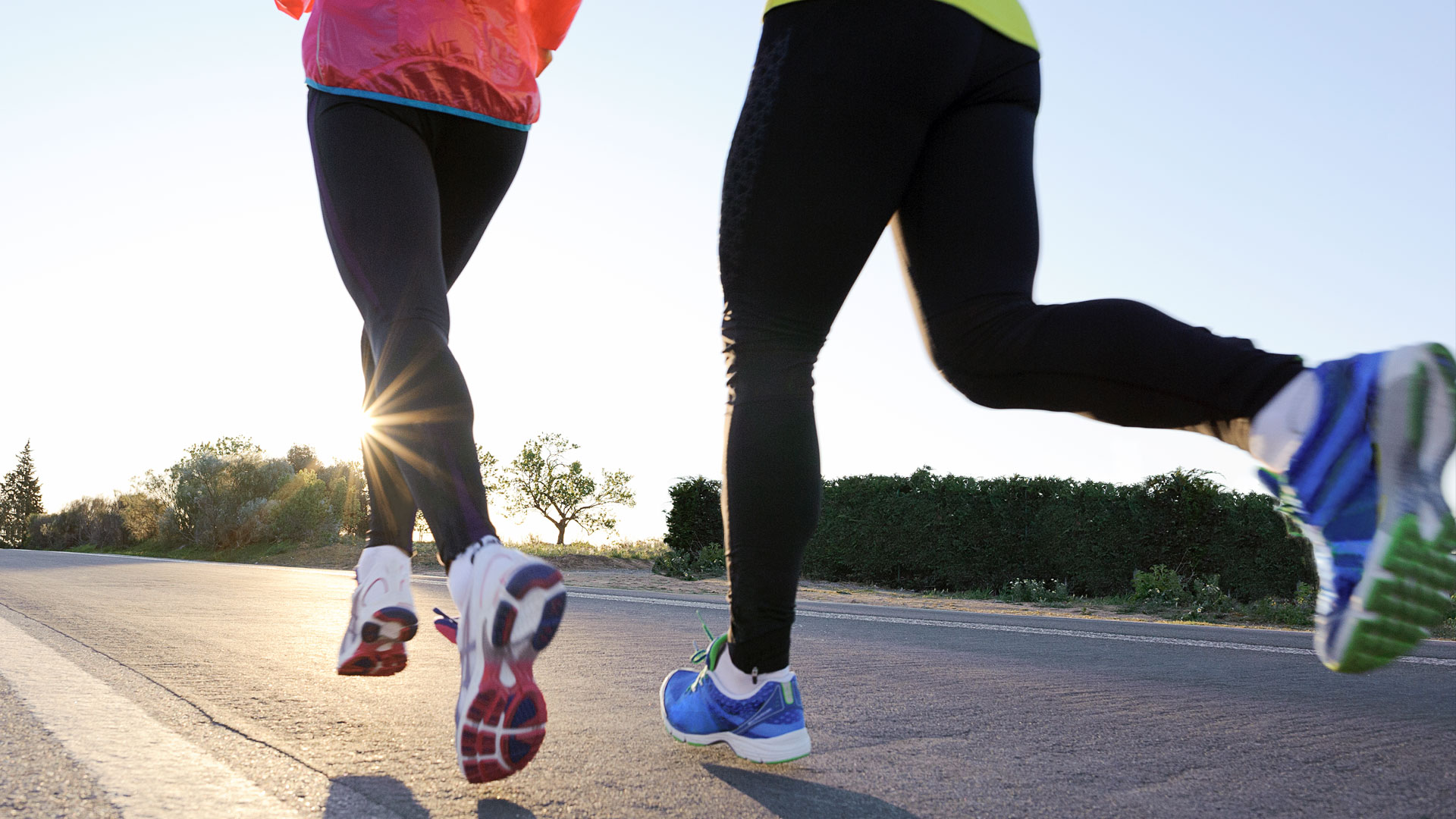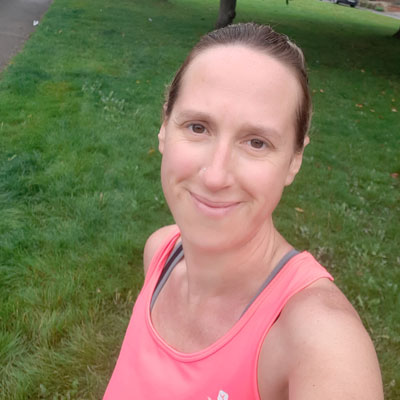How to run to lose weight
Everything you need to know about how to run to lose weight


Nick Harris-Fry
Running is a great way to lose weight, and it will also help you maintain a healthy weight once you reach your target. You need to go about it in the right way, however, to avoid risking injury and ensure that you find the exercise enjoyable, rather than a chore you’re likely to give up.
In this guide we explain how to run to lose weight and provide a beginner training plan that will help get you started. Remember that alongside exercise you will need to eat healthily to hit your weight goals—you can’t outrun a bad diet, no matter how good the training plan is.
You don’t need much gear to get started, but a pair of the best running shoes can help reduce your risk of injury, and it will make your first steps in the sport a lot more comfortable and enjoyable if you use the right footwear.

Running to lose weight program
We spoke with UK Athletics running coach Caroline Richardson of Run Train Repeat, who recommends the following program. It’s aimed at complete beginners and progresses slowly so your body can get used to the demands of running while losing weight.
Phase one
Start with three 30-minute sessions a week. Don’t run two days in a row—take a rest day in between. This can be a complete rest day, or you can exercise gently with low-impact sports like swimming, cycling or yoga.
At the beginning don’t run for the whole 30 minutes of your sessions. Start with either a mix of walking or running, or just walking if you need to. Once you can walk comfortably for 30 minutes three times a week, then start adding in running. As you progress, increase the amount of time you spend running and decrease the time you walk.
Start your week with achievable workout ideas, health tips and wellbeing advice in your inbox.
Phase two
When you can comfortably run for 30 minutes a week, you can then start to increase the distance or time you run or work on getting faster. Try introducing a weekly longer run, alongside your two other 30-minute sessions.

Phase three
Consider introducing interval training, which can take your running to the next level and ensure that you keep getting fitter and losing weight rather than starting to plateau.
Intervals are bursts of fast running with a rest in between. For example, try running 400m fast and then resting for three minutes. Repeat this three times. Build up the number of repetitions gradually over many weeks. You can also do less structured ‘Fartlek’ intervals. For example, you could run faster between two lamp posts, before walking between the next two, or run hard up a hill on your route before walking down.
This kind of interval training raises your heart rate more than steady running at an easier pace, which means you’ll burn more calories during your run, helping you to keep losing weight.
However, don’t get carried away with harder runs, because doing them too much will wear you down and increase your risk of injury. Any good running program will have a mixture of longer, slower runs and short fast intervals. As a rule of thumb, around 80% of your training should be at an easy or moderate effort, and just 20% high intensity.
Can running really help you lose weight?
Can running actually help you lose weight? The short answer is yes. To lose weight, you need to maintain a calorie deficit, which means you need to burn more calories than you eat. Running can help increase your energy expenditure, but you'll need to make sure you reduce your calorie intake too if you want to lose weight.
UK Athletics running coach Caroline Richardson of Run Train Repeat says the relationship between what you eat, exercise, and weight loss has a complex relationship with age, diet, genetics, and gender.
"The quality of the food you consume as much as the quantity is hugely important. So, while running can help you lose weight, diet plays a huge factor—you can’t outrun a bad diet," says Richardson.
If you start to increase your food intake because you feel hungrier as you exercise more, you are not going to see a reduction in weight.
"People generally tend to overestimate how many calories they burn during running which then reduces the calorie deficit," adds Richardson.

Lily Canter is a freelance money, health and lifestyle journalist with more than 20 years' experience. She writes about fitness for Runner's World and Trail Running magazines and focuses on personal finance for Yahoo! Finance UK, Metro, The Guardian, and the Mail on Sunday. In her spare time she is an ultra-runner, canicrosser and running coach. She also co-hosts the award-winning podcast Freelancing for Journalists.
- Nick Harris-FrySenior writer
